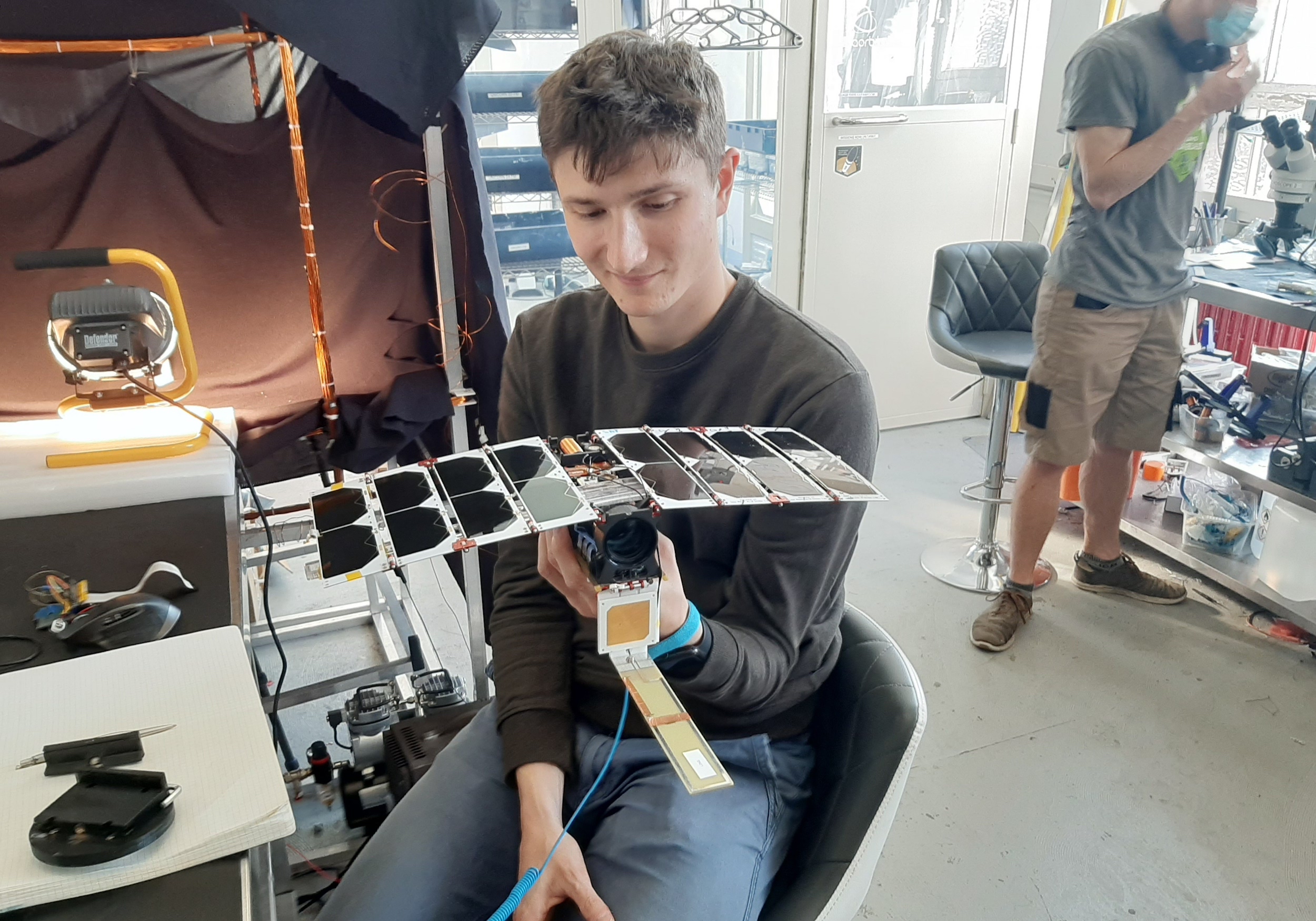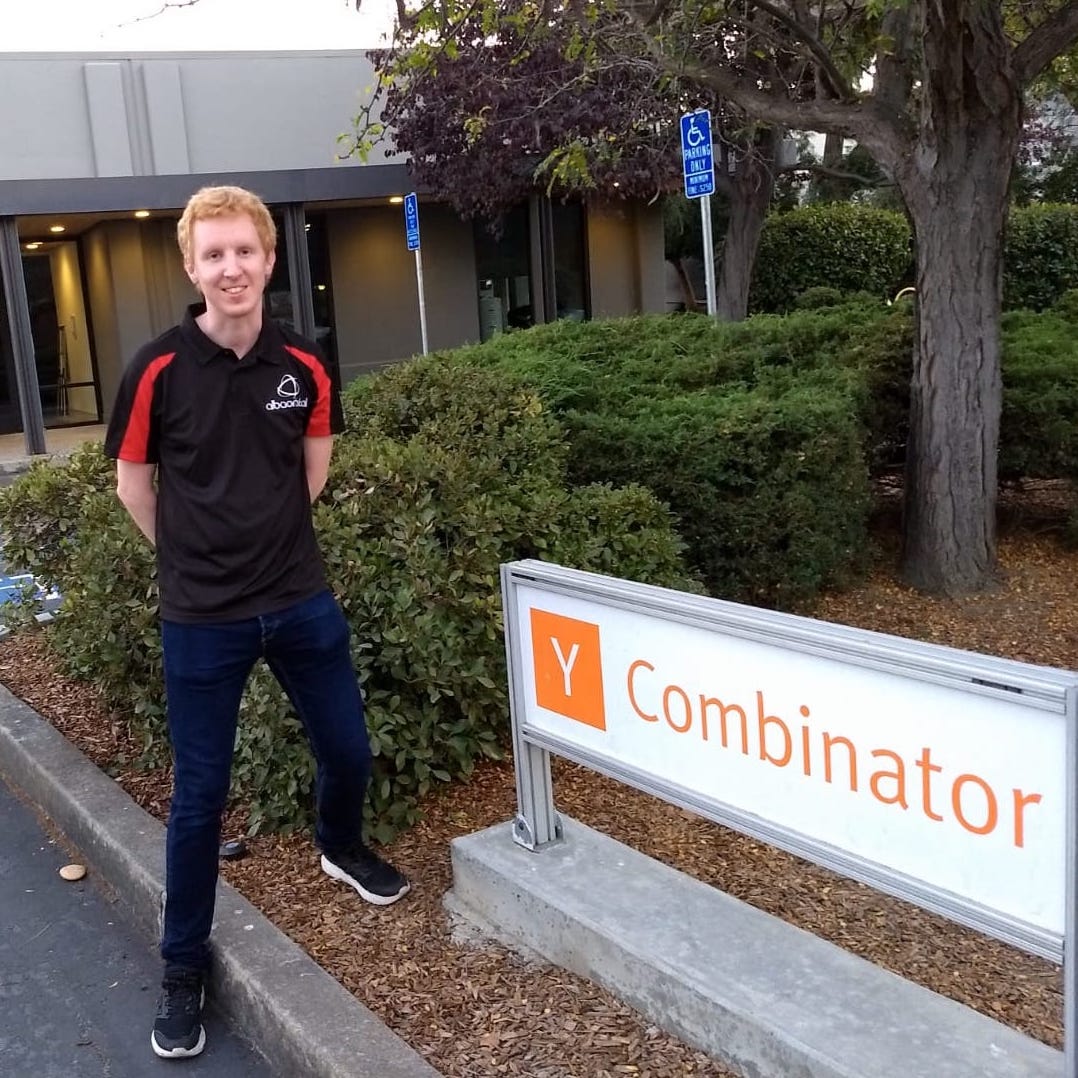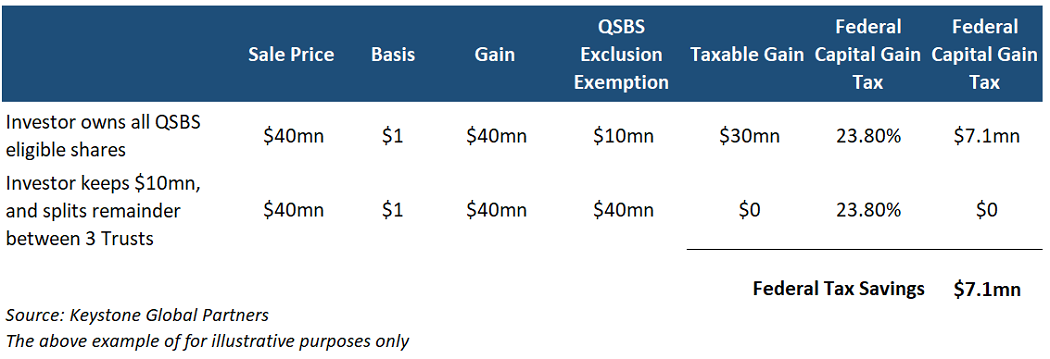News: Daily Crunch: Lemonade says website security flaw that exposed customer data is ‘by design’
Hello friends and welcome to Daily Crunch, bringing you the most important startup, tech and venture capital news in a single package.
To get a roundup of TechCrunch’s biggest and most important stories delivered to your inbox every day at 3 p.m. PDT, subscribe here.
I interrupt your regularly scheduled Daily Crunch to announce that your regularly scheduled writer, one Alex Wilhelm, is out sick today. If the effects of his second shot subside by tomorrow, then he’ll be back with his commas. In the meantime, I have taken the reins and hope to be at least half as spirited. Let’s get on with it, shall we? — Henry
TechCrunch Top 3
Lemonade “DGAF”: Activist short seller Carson Block wrote a letter to the CEO of insurance marketplace Lemonade saying that he “accidentally discovered” a security flaw that exposed customers’ account data. Block told Zack that his firm is shorting the company’s stock “because it is clear Lemonade does not give a fuck about securing its customers’ sensitive personal information.” Strong words!
Google’s gotta pay in Italy: Natasha writes about the most recent European trouble Google finds itself in. Italy’s antitrust watchdog group slapped the company with a €100 million (or about US$123 million) for its Android Auto practices. Specifically, the AGCM says Google has prevented Enel X Italia, the maker of electric car charging app JuicePass, from inclusion in the platform. Google says it didn’t do anything wrong. Shrug.
Space adventures afoot: Japanese entrepreneur and billionaire Yusaku Maezawa will be passing the moon aboard a SpaceX Crew Dragon by 2023. But he can’t wait to leave Earth. So to whet his space-travel whistle, Maezawa will head to the International Space Station as a client of Space Adventures on a Russian Soyuz rocket set to take off from Kazakhstan on December 8. And he’s taking his production assistant, Yozo Hirano, with him. That’s dedication.
Startups and VC
Vietnamese flexible pay startup Nano raises $3M seed round: Nano Technologies, a startup that lets workers in Vietnam access their earned wages immediately through an app called VUI, has raised $3 million in seed funding.
Legionfarm, pairing pro gamers with amateurs, raises $6 million Series A: The gaming platform that lets gamers play with pro players in their favorite games announced a $6 million Series A round.
Chef Robotics raises $7.7M to help automate kitchens: Chef Robotics raised a combined $7.7 million pre-seed and seed round, with the goal of helping automate certain aspects of food preparation. The company says its robotics and vision system is destined to increase production volume and enhance consistency, while removing some food waste from the process. Fast casual restaurants appear to be a key focus for this sort of tech.
Sylvera grabs seed backing from Index to help close the accountability gap around carbon offsetting: The U.K.-based startup is using satellite, radar and lidar data-fueled machine learning to bolster transparency around carbon offsetting projects in a bid to boost accountability and credibility. And it’s just grabbed $5.8 million in seed funding to do it.
SpecTrust raises millions to fight cybercrime with its no-code platform: Risk defense startup SpecTrust is emerging from stealth today with a $4.3 million seed raise to “fix the economics of fighting fraud” with a no-code platform that it says cuts 90% of a business’ risk infrastructure spend that responds to threats in “minutes instead of months.”
BluBracket nabs $12M Series A to expand source code security platform: The early-stage startup focuses on keeping source code repositories secure, even in distributed environments.
Alba Orbital’s mission to image the Earth every 15 minutes brings in $3.4M seed round: Alba Orbital raised the money to get its next satellites into orbit to provide Earth observation at intervals of 15 minutes rather than hours or days.
The hamburger model is a winning go-to-market strategy
Software startups that fail to reach product-market fit simply fade away, memorialized only by an inactive Twitter account and perhaps a stenciled sign in a now-vacant co-working space.
All product-led growth companies will reach the stage where their founders must figure out how to crack the code that allows them to vault to the next level and become a billion-dollar company. That’s where the “hamburger” go-to-market comes in.
The bottom bun is bottom-up GTM, the top bun represents enterprise sales and your product? That’s the meat.
(Extra Crunch is our membership program, which helps founders and startup teams get ahead. You can sign up here.)
Big Tech Inc.
Google Analytics is preparing for life after cookies by using its machine learning systems to model user behavior when cookies are not available. During her first interview as the new head of Google Analytics, Vidhya Srinivasan tells Frederic that this is the only way to go.
Amazon’s back with its Echo Buds, and this time, Brian’s not as unimpressed as he was last time. Progress! Read his review here.
When Discord launched its own Clubhouse-like voice event rooms, Stage Channels, in March, it set the stage for connecting folks to live events beyond their own communities. Today, the company announced all the pieces are in place to start helping people discover live events and the servers that host them. Think open mic nights and book clubs, says Taylor.
Elon Musk, the self-dubbed Technoking, is backpedaling on the company’s stance about bitcoin, writes Kirsten and Rebecca. The Tesla CEO announced yesterday in a tweet that he has suspended purchases of its electric vehicles with the cryptocurrency. The shift comes just weeks after the Tesla CFO said the company believes in the longevity of bitcoin, despite its volatility.
Acquisition corner: Walmart acquires virtual try-on startup Zeekit and PayPal buys returns logistics business Happy Returns.
Community
Polls are fun and we like hearing and learning from you. What have we learned this week? You’re not that excited about going back to an office, and you’re not too keen on Bird’s upcoming SPAC. Next up? Let us know what you think about Tesla’s move to pause accepting bitcoin as payment (then come chat about all of it on our Discord server).









